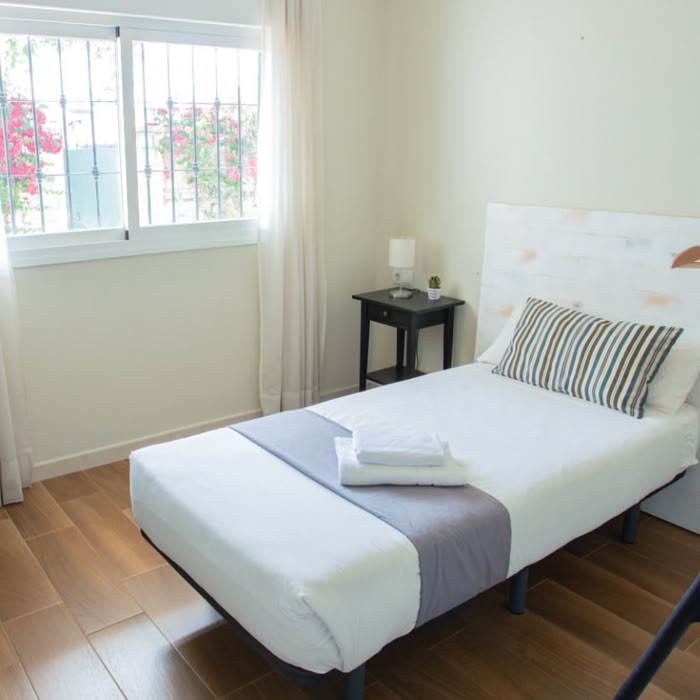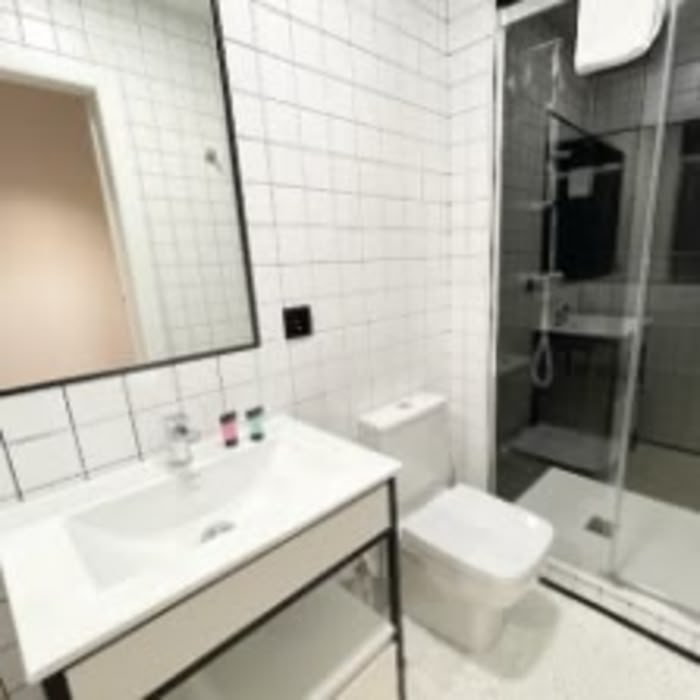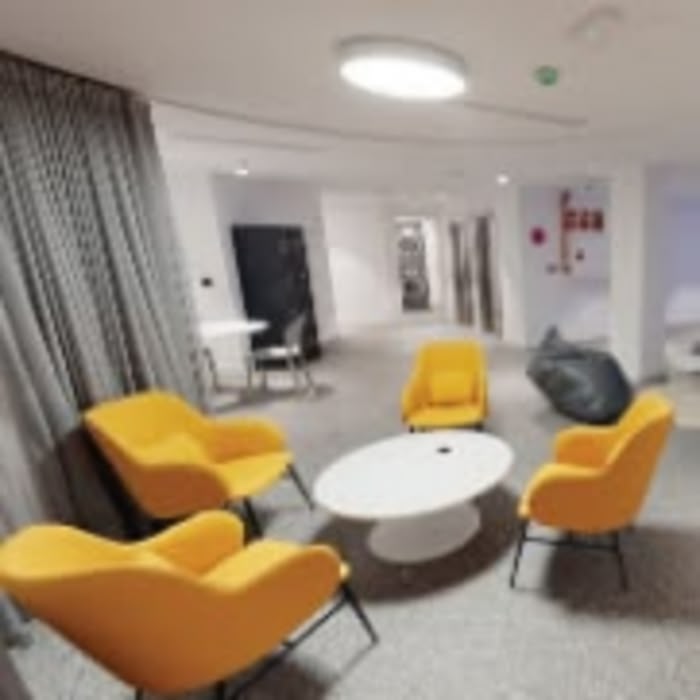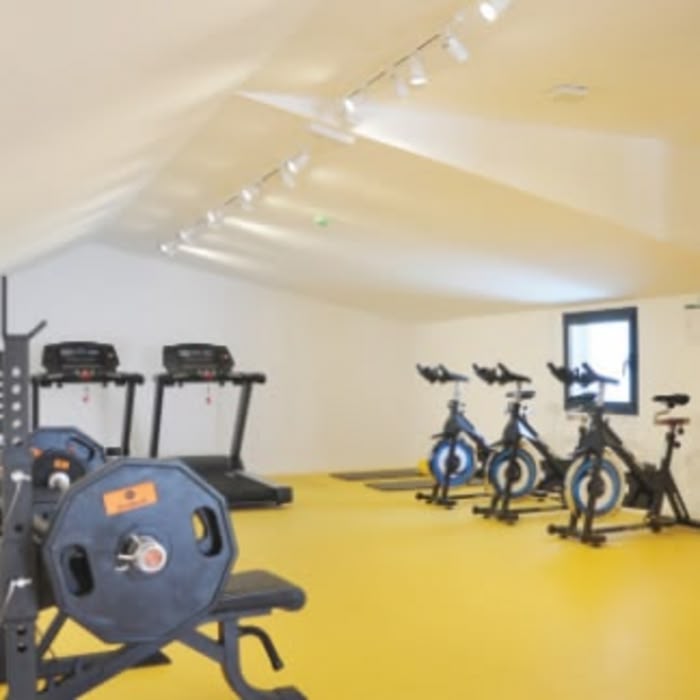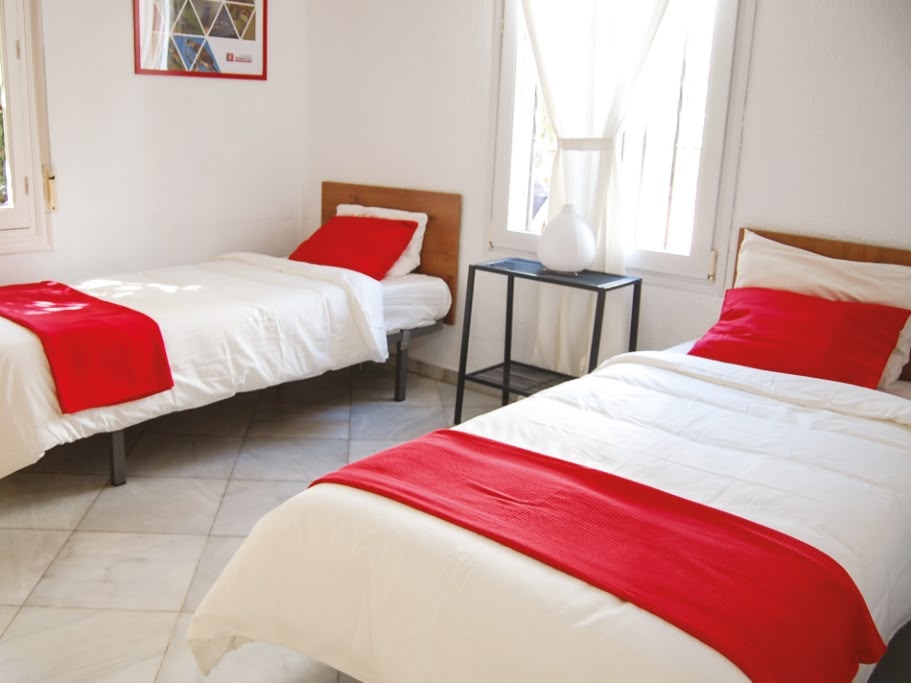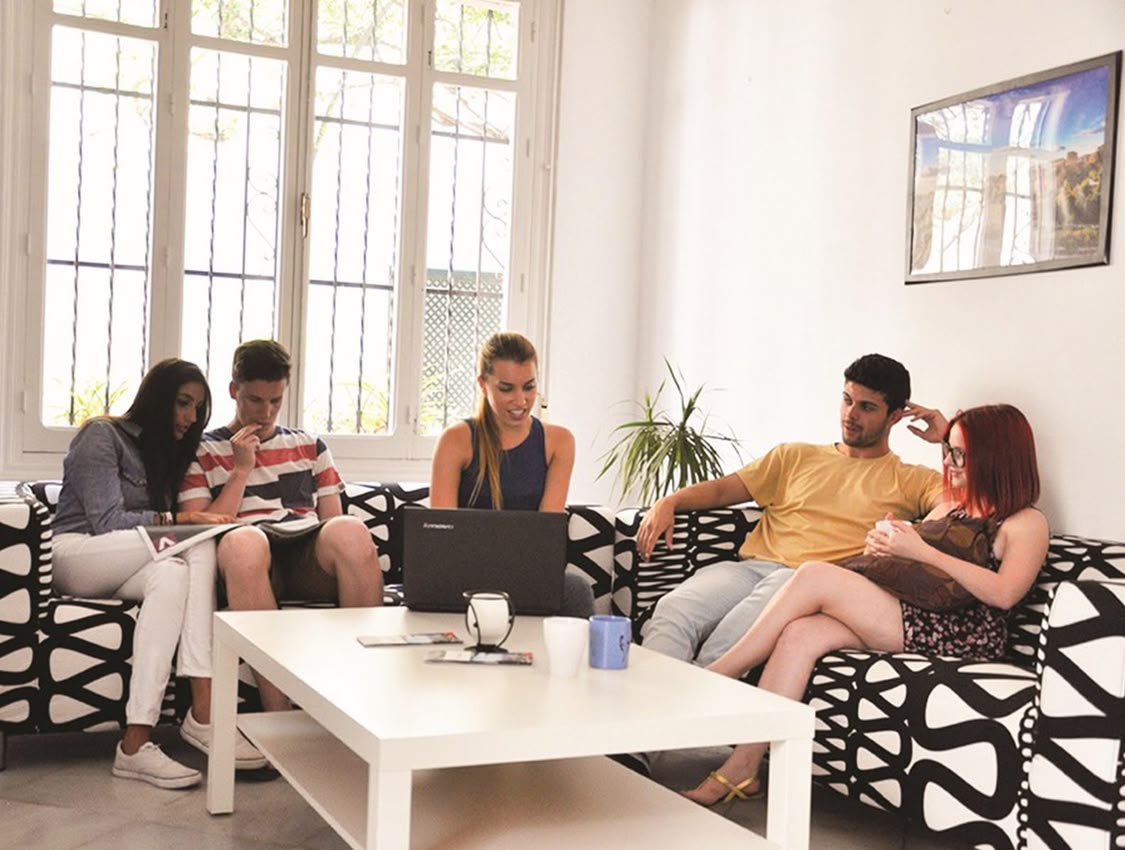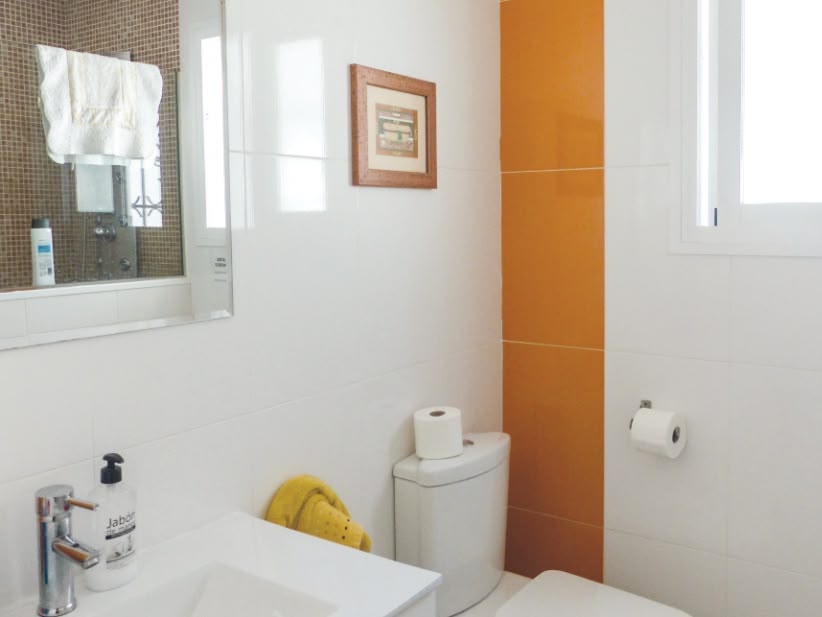Learn Spanish in Quito
Study Spanish with Languages Abroad!
Learn Spanish in Ecuador, a country that offers true natural beauty; from the Galápagos Islands located in the Pacific, to the dramatic Cotopaxi, a snow-capped Andean volcano. Ecuador is situated on the equator in South America and its capital city, Quito, is a UNESCO World Heritage Site with a fascinating historic center. Guayaquil, the country's largest city, is also popular and hosts many large events. Especially its landscape and wildlife are very attractive. Explore this diverse country as you learn Spanish in Ecuador: from the coastal land by the Pacific and the highlands including the Andes Mountains, to El Oriente, containing Amazon rainforest, as well the Galápagos Islands in the Pacific Región Insular - Ecuador is full of natural beauty. The country's continental area alone is home to a staggering 15% of the world's known species of birds.
Ecuador's cuisine is varied, with red-meat, chicken and guinea pig being popular ingredients in the mountainous areas, and seafood, peanuts and plantain being more commonly eaten by the coast. Are you up for trying new food? Learn Spanish in Ecuador then and also discover arts: Ecuador has produced many successful writers and painters.

Start your adventure in Quito with Languages Abroad today!
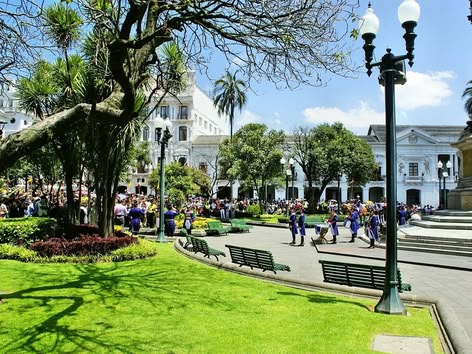
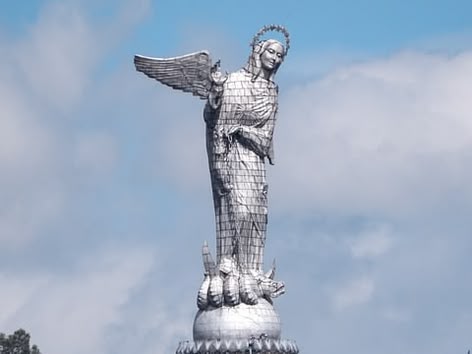
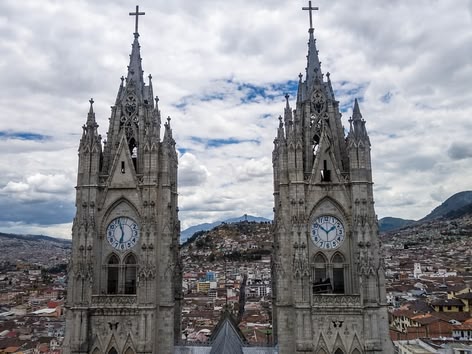
Learn Spanish
Experience exceptional Spanish language education at a centrally located school in Quito. Benefit from expert teachers and engaging lessons, and enjoy a welcoming learning environment that provides the community spirit, individual support and practical resources needed to grow and excel. Choose from a variety of course options and begin your Spanish language journey with us today!
Quito Spanish School
Our school is located in the northern part of Quito, close to many shops, restaurants and parks. The city centre is only a short bus ride away.
- Colonial architecture
- 21 classrooms
- Library
- Cafeteria
- Indoor patio
- Solarium
- Indoor sports court
Quito Spanish Courses
All of our teachers are friendly, experienced, and qualified. Your classes will help enhance your speaking, listening, grammar, and general comprehension skills. Teachers often facilitate classroom discussions by using role-playing and games, and our teachers also incorporate current events and cultural materials into the curriculum to help make classes more interesting and relatable.
- Open to all language levels, A0-B2
- Placement test on the first Monday morning of class
- Minimum age 16
- Flexible course length (1 week minimum)
- Classes held Monday to Friday
- Language Certificate provided at end of course
- DELE Exam Preparation Course available (Duration: 8 weeks): Start Dates: Mar 31, May 18, Sep 29. Exam Dates: May 23, Jul 17, Nov 21 (exam fees not included). Max. 10 students per class
- Receive transferable credits for your course:
Undergraduate Credit Through Brookhaven College
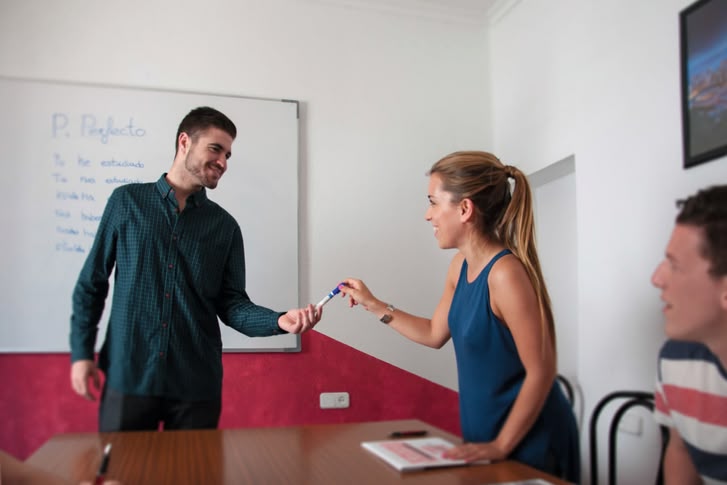
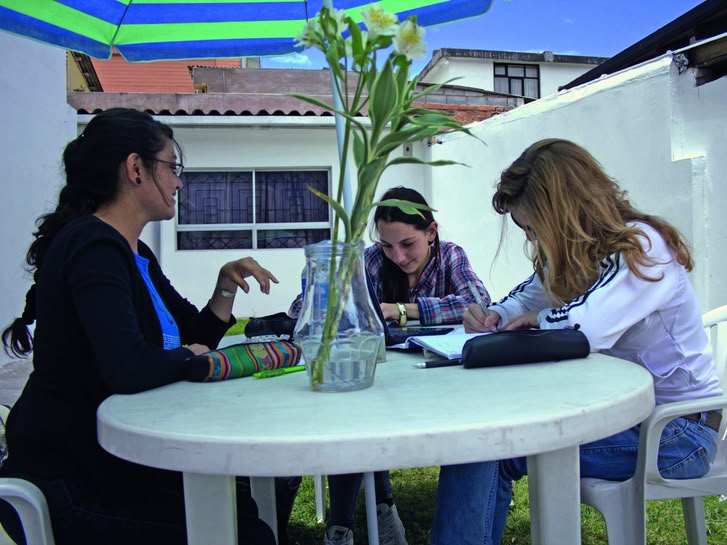
Standard Spanish Classes:
- 20 group lessons per week (4 lessons daily)
- Maximum 10 students per class
Intensive Spanish Classes:
- 30 group lessons per week (6 lessons daily)
- Maximum 10 students per class
Private Spanish Classes:
- 10, 20 or 30 group lessons per week (2, 4 or 6 lessons daily)
- 1 student per class
Spanish Youth Immersion Camp
- Only for younger students aged 12-21, with daily activities and weekly excursions.
- Standard: 20 group lessons per week (4 lessons daily, 45mins each)
- Intensive: PLUS 4 private lessons per week
- max. 15 students per class
- For general concerns about our youth program, contact us.
Live & Learn Spanish
- Study and live in the home of your own personal teacher.
- Flexible hours - 15, 20, 25 or 30 private lessons per week.
- 1 student per class
- To find out more about this homestay pathway, contact us.
Accommodation in Quito
Welcome to your home away from home in Quito! Choose from comfortable university accommodations or stay with a welcoming host family in this lively and diverse city. Whether you prefer the convenience of living on campus or the enriching experience of a homestay, we ensure a safe, enjoyable, and immersive stay to complement your language learning journey.
Self-Catering Apartment
Facilities
Apartments are located about 20-30 minutes from the school and are shared with other students.
Apartments are co-ed, however, bedrooms are same-gender.
The apartments include a well-equipped kitchen, shared bathroom and living areas.
They vary in location, size and number of bedrooms, but expect to share with 2 - 4 other students.
Both basic and comfort apartments are available.
Room Options
- Single room (SR)
- Double room (DR)
- Self-catering
Studio Apartment
Facilities
These private studio apartments are located about 15-20 minutes away from the school.
They are large and comfortable and have a bedroom, a kitchenette and a bathroom.
Double rooms can only be booked for two students travelling together.
Room Options
- Single room (SR)
- Double room (DR)
- Self-catering
Host Family Accommodation
Living with a local host family is the best way to immerse yourself fully in the language and culture. All our families are carefully selected and regularly visited to ensure high-quality standards. We choose only those with a genuine interest in international exchange.
All meals included within the homestay - you can also help out and learn the local cuisine first-hand in the process!
Our host families are spread throughout the region and are offered on a first-come, first-served basis, so book early to get the best locations!
Find general information here about staying with a host family. If you have any specific queries, please don't hesitate to contact our team!

After Class Activities in Quito
After class in Quito, students can explore the historic Old Town (Centro Histórico), a UNESCO World Heritage site known for its colonial architecture and vibrant plazas. They can relax at Parque El Ejido, a popular green space perfect for a stroll or enjoying local art displays. For a more adventurous activity, students can take the TelefériQo cable car up to Cruz Loma, where they can hike and enjoy stunning views of the city and surrounding mountains.
Old Town (Centro Histórico) - A UNESCO World Heritage site, this area is perfect for students to explore colonial architecture, churches, and bustling plazas while practicing Spanish with locals. (Explore Quito's Old Town, historic landmarks in Quito for students)
TelefériQo and Cruz Loma - Students can take the cable car up the Pichincha volcano for breathtaking views of Quito and nearby mountains, perfect for outdoor adventure. (Ride the TelefériQo, scenic viewpoints in Quito for students)
Mitad del Mundo - Visit the iconic monument where students can stand on the equator line and learn about the science and history behind this unique geographical location. (Discover Mitad del Mundo, must-see attractions in Quito for students)
Parque La Carolina - A vast urban park ideal for outdoor activities like biking, jogging, or simply relaxing after class, offering plenty of green spaces and sports areas. (Relax at Parque La Carolina, outdoor activities in Quito for students)
Basilica del Voto Nacional - This stunning Gothic-style basilica is a great place for students to explore Quito's religious heritage and climb to the top for panoramic city views. (Visit Basilica del Voto Nacional, religious landmarks in Quito for students)
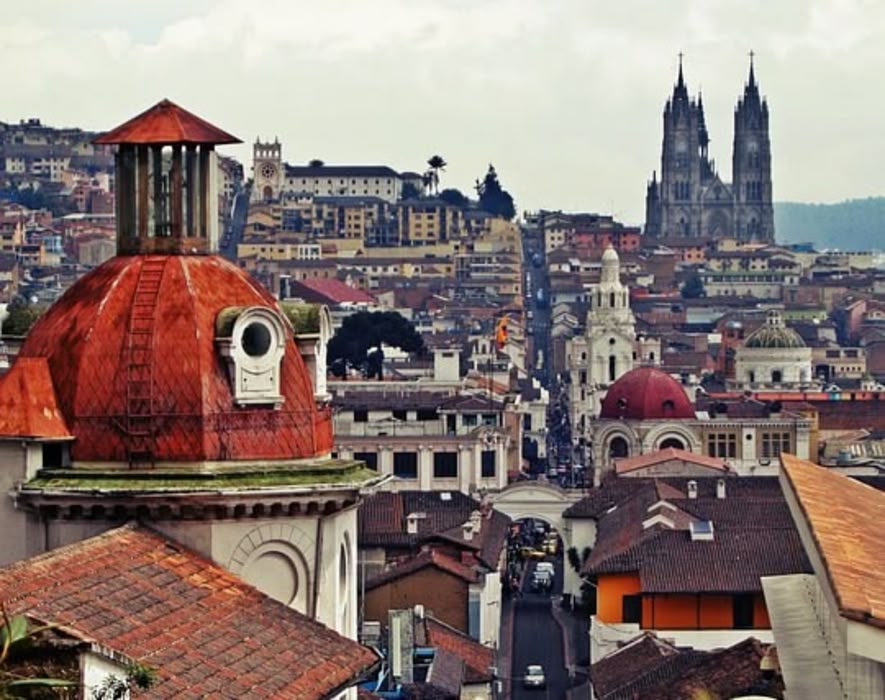
Dates & Prices
Start your Spanish language journey!
Quito joins the ranks of being one of the UNESCO world heritage sites in South America! Its high altitude and natural surroundings have created the perfect environment for it to continue to grow and develop well into the future.
It's here you'll be able to learn Spanish as well through full language immersion as test out your knowledge and prophecy with it as the primary language here is Spanish and the locals are also very friendly and eager to share all there is to know about their culture and traditions.
Checklist
Registration Fee: $200
Accommodation Placement Fee: $200
Airport Transfer: $150 per way (Optional)
Insurance: $30/week
Notes
The school will be closed on all public holidays.
All enrollments require a non refundable $400 usd deposit to ensure space in our program.
Contact us
We're here to help you on your Spanish language learning journey!
Questions about our courses? Need assistance with enrollment? Interested in finding out more about our programs?
Our friendly team is more than willing to assist you.
Contact us by clicking the link below and filling out our contact form.
We promise a prompt and helpful response to all your inquiries.

